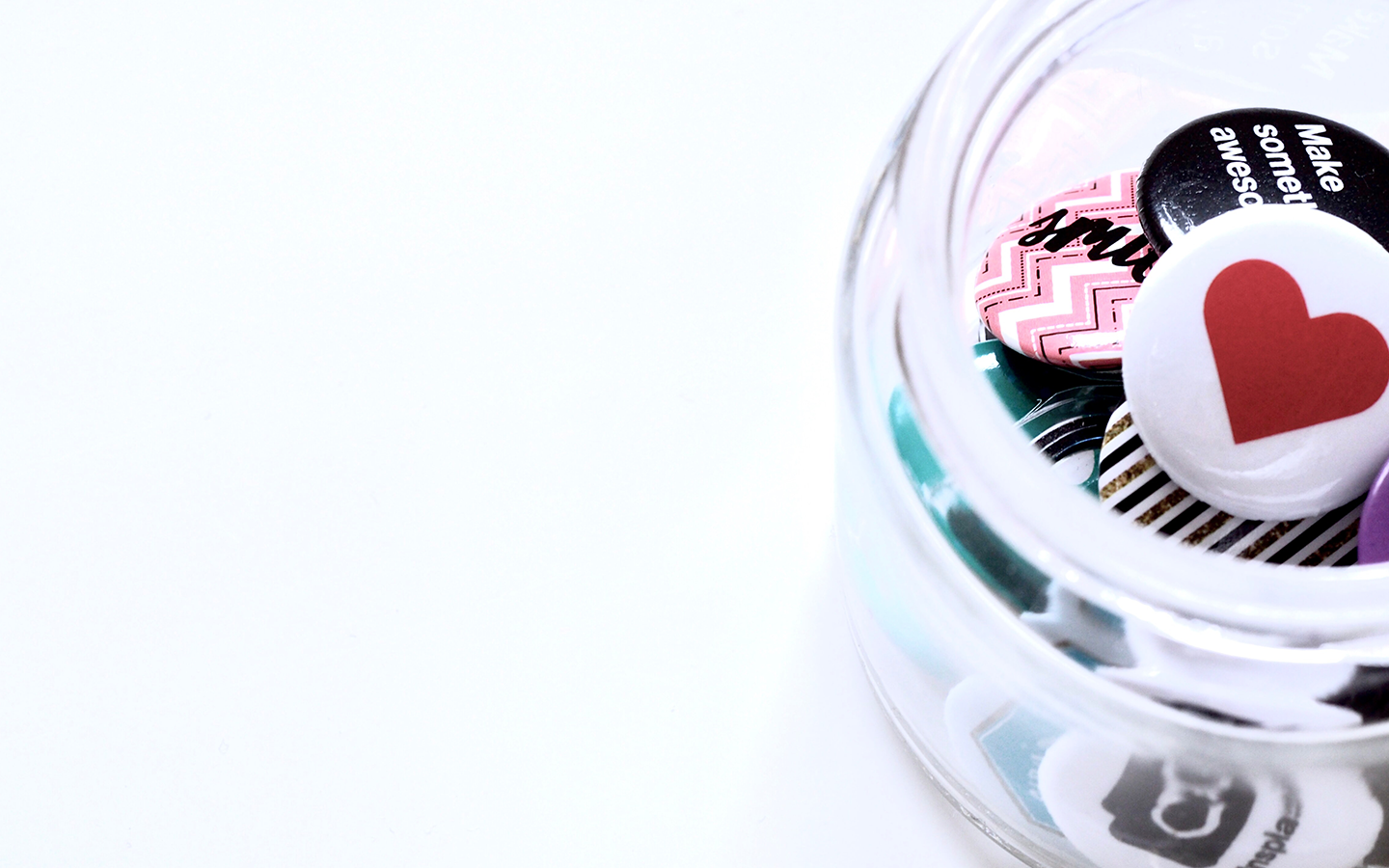Clean hands and open hearts: Managing COVID-19 (Coronavirus) in the workplace
 By Clean hands and open hearts: Managing COVID-19 (Coronavirus) in the workplace
By Clean hands and open hearts: Managing COVID-19 (Coronavirus) in the workplace
March 13, 2020

At first, I was hesitant to write about COVID-19 (Coronavirus), feeling that a blog post on this topic might come across as opportunistic. It still might. But as requests for strong internal communications and issues management plans come in, I’m reminded that in difficult times we do our best with what we have, and Switchboard has several resources it can offer the community right now: We work closely with the media and are up-to-speed on best practices for managing Coronavirus in the workplace. We also understand how organizations can communicate effectively, both internally and externally, and there’s never been a better time for that. Even in times where health officials encourage social distancing, sound strategy and messaging can bring us together as colleagues and citizens.
Managing COVID-19 is a community effort. If you’re a leader in business, you can be a leader in health.
Just as we need to plan strategically in business, we need to plan strategically in healthcare. Given our lack of vaccines and treatment options for COVID-19, many are feeling that containment efforts are futile. Some think: Why not let the virus burn itself out sooner rather than later? It’s true that experts predict that numbers will become more grim in the upcoming weeks; It’s also true that a crisis within our healthcare system is avoidable with proper care. We call this approach “flattening the curve”. We can slow down the transmission of COVID-19 so that the numbers of critically ill patients don’t overwhelm our healthcare system.
There are several ways we can come together as a business community to do this:
- We can use technology to facilitate remote work, meetings and conferences
- We can consider rescheduling large events where people will be in close quarters
- We can implement and enforce an illness-free office environment and encourage employees to practice adequate hygiene (it’s 2020, people!)
- We can set our employees up for success for remote work by ensuring Slack channels and other online communication systems are operational and that employees have what they need to work effectively
What should I, as a business leader, communicate with my employees?
Work cultures that position taking sick days as an act of weakness or laziness need to change. When it comes to COVID-19, businesses should communicate the following:
- Anyone with cold or flu-like symptoms should self-quarantine at home for a full 14 days
- Anyone who has been travelling (especially internationally) should be vigilant about monitoring themselves for symptoms (Note: if someone is exhibiting flu-like symptoms or has traveled to or from any of the countries most impacted by the virus, including the People’s Republic of China, the Islamic Republic of Iran, Italy, Japan, Singapore or South Korea, within the last 14 days, they should self-isolate for 14 days)
- Employees should wash their hands thoroughly throughout the day (sing the ABCs and don’t finish washing until the song is over)
- Steering clear of the office when you’re sick is going to be an ongoing expectation, even when we’re no longer dealing with COVID-19
Put some emphasis on that last point. Workplace cultures that permit attendance when an employee is sick are not safe places for employees who are elderly, chronically ill or disabled. When we insist on powering through with an illness, we ignore that many of our friends and colleagues don’t have this luxury. Further, we need to establish strategies now for dealing with future health crises—the World Health Organization has been clear that climate change and the spread of infectious disease are strongly linked.
How should I approach communications to promote action rather than panic?
If there’s one thing we’ve learned from Costco’s toilet-paper-gate 2020, it’s that frightened people don’t always make strategic decisions. Keep the following things in mind while you’re preparing materials:
- It’s easier to set expectations with signage than oral conversation—place relevant signage on entryways, handwashing stations and in other places where employees congregate
- Make sure signage includes pictures and translations for people who have English as a second language
- Watch that language and tone is calm, and messaging is focused on action
- Ensure that messaging is clear and simple: If a 10-year-old child wouldn’t understand your memo, it’s too complex (plain language for the win)
It’s understandable that the public would be experiencing a heightened level of anxiety right now. Those of us with anxious dispositions have to work a bit harder to stay grounded in public emergencies. I, for example, take my marching orders from calm and reliable medical spokespeople, like B.C.’s Provincial Medical Health Officer, Dr. Bonnie Henry. I’m also limiting my exposure to news outlets (and I’m a news junkie) with a history of sensationalistic reporting. In the process, I’ve found that some positive stories have come out of COVID-19. Singaporean health officials, for example, turned their learnings from SARS and H1N1 into actionable strategies, and have limited spreading and fatalities there as a result. Well done! Finally, our local healthcare professionals deserve a thumbs up for their efforts to protect and treat us during this time — If you’ve got a local story to this effect, we’d love to hear about it on social media. It’s in these times that we must come together with facts not fear, clean hands and open hearts. Having an open heart may mean taking a hit to the bottom line or doing business a bit differently during this period — and that’s okay.
Share
